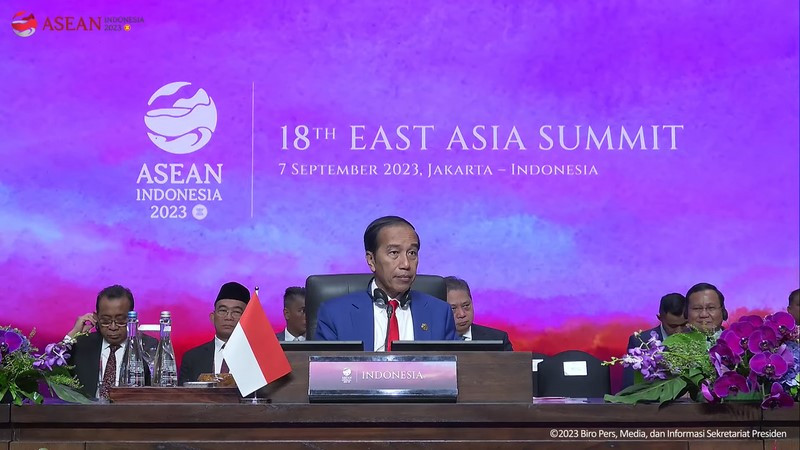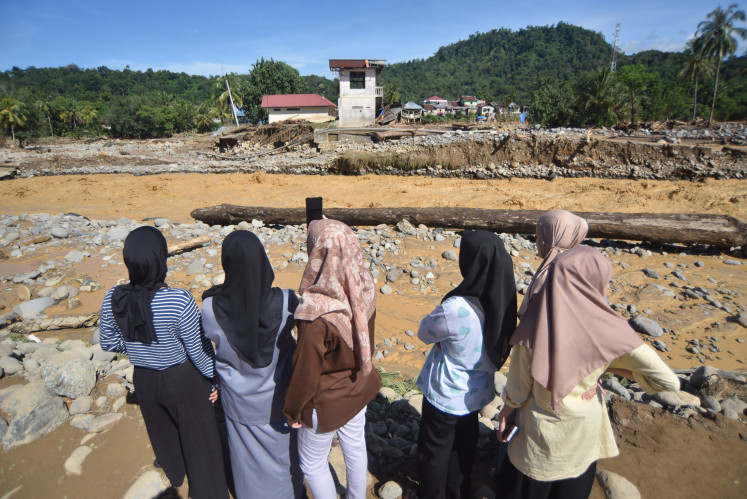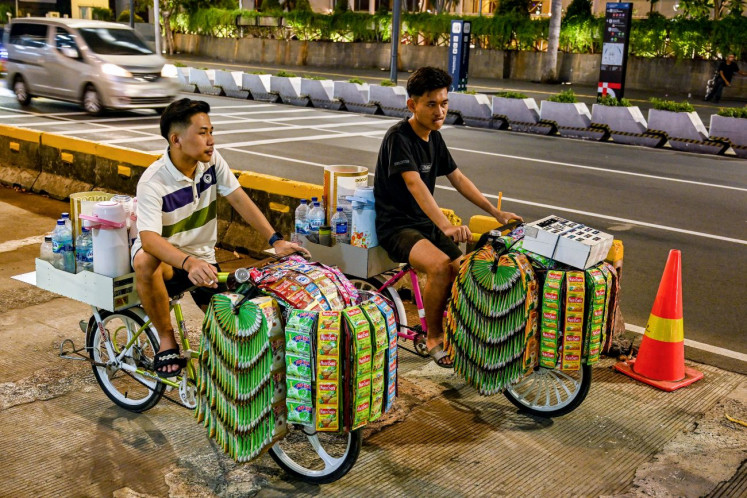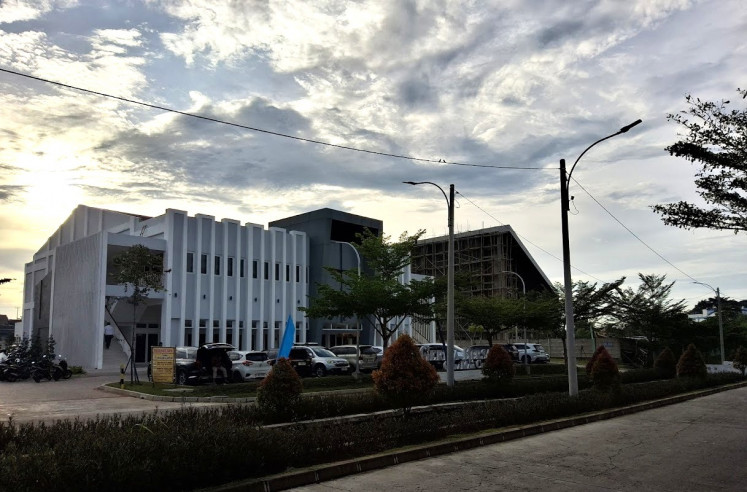Popular Reads
Top Results
Can't find what you're looking for?
View all search resultsPopular Reads
Top Results
Can't find what you're looking for?
View all search resultsThe ASEAN Summit and ASEAN’s future
On the financial front, we can more effectively elevate the Special Drawing Rights (SDR) than elevate another national currency to face the dominance of the US dollar.
Change text size
Gift Premium Articles
to Anyone
T
he 43rd ASEAN Summit, held under the leadership of Indonesia in Jakarta, was a limited success. On the back of the high expectations toward Indonesia’s ASEAN chairmanship, the summit had to deal with the unresolved crisis in Myanmar and the heightening tension in the South China Sea, among other issues. China’s publication of its new map, which includes a 10-dash line over the South China Sea invited counter-claims from Southeast Asian states.
Then there are also the organizational problems of ASEAN. These include the role of the Secretariat, the issue regarding members’ contributions and the budget, the need for a ‘’think tank’’ unit within the Secretariat including for the ASEAN +3 and the East Asia Summit (EAS), and the decision-making system of ASEAN where unanimity no longer works amid the current geopolitical competition.
On the economic front, there are many issues that ASEAN needs to respond to. ASEAN has the Chiang Mai Initiative and the creation of the AMRO research center based in Singapore, which was designed as ASEAN’s response to global world financial problems. But what is the follow-up to these initiatives? Climate change is another critical problem.
I am afraid that most of the proposals and decisions in the economic field as proposed will not be implemented, and that will be a disaster for ASEAN’s future, which is mostly dependent on economic relations and achievements for its existence. These decisions therefore have to be scrutinized more, for their implementation.
The world has benefited from the Bretton Wood System despite its imperfections, but the system needs creative repairing, adapted to new circumstances.
How can ASEAN play a role in this? I think ASEAN’s open trade practices should be scaled to the fullest globally. The Regional Comprehensive Economic Partnership (RCEP), which is ASEAN’s contribution, has to be implemented immediately, because as it occurs for instance in the semiconductor industry, it has escalated into an ugly ‘’technological war’’. Open trade is indispensable to the success of industrial policy of whatever kind.
In the meantime, we should also look for second-best solutions, such as regional trade arrangements which might be the second-best for the world. East Asia is home to a wide network of regional agreements besides the RCEP, such as the ASEAN +3, the Chiang Mai Initiative Multilateralization (CMIM) and the Comprehensive and Progressive Agreement for Trans-Pacific Partnership (CPTPP).



















